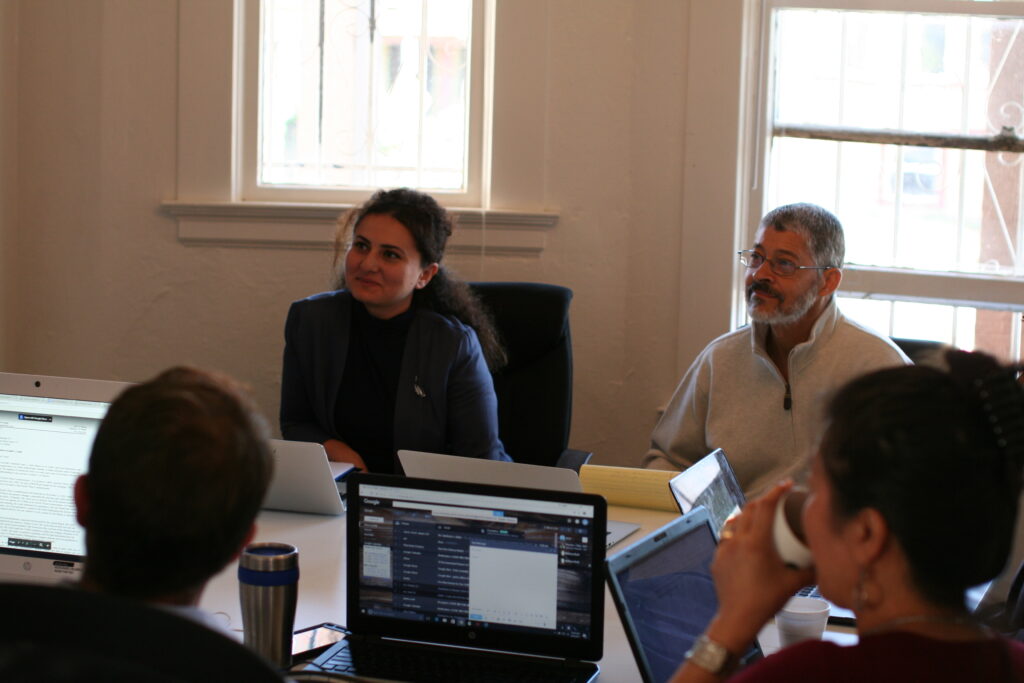
Employment investigations happen when employees are unhappy with the ongoing work environment. It can also occur if something has occurred, which they feel is important to report. In these instances, the employer hires a third-party neutral to do the investigation. Other organizations such as the Department of Fair Employment and Housing (DFEH) or the Equal Employment Opportunity Commission (EEOC) may come in to do their own investigation.
Employment Mediation
In these instances, employees become suspicious of one other, and workplace morale usually drops. It is best practice to hire a mediator. The employment mediator restores trust and creates a positive work environment once again. Employers listen and empathize to employees through this process. It reduces the risk of litigation for employers. Many employment claims begin with an unhappy employee, who feels as if no one is listening to their concerns.
How Does Employment Mediation Work?
An employment mediator initially interviews each of the employees affected by the investigation. This is phase one of three phases during the repair of the workplace environment. An outside investigator looks into facts and wrongdoing. This causes harm and distrust. The mediator can bring to light where exactly people lost trust. This conversation happens in a safe and confidential space, where the employee is encouraged to be open and vulnerable. During this initial phase, any conflicts with others is discovered, discussed and put on the table for phase two.
Mediating Between Employees
In phase two, the mediator meets with two to three employees to resolve items of conflict identified during phase one. Similar to phase one, this mediation is also confidential. The goal of phase two is to resolve any outstanding trust issues as well as additional conflicts between co-workers or even managers and direct reports. If the issue is one where behavior is a concern, the employment mediator can help create frameworks for the employees to agree to and abide by to avoid future conflict with one another.
Facilitated Group Meetings
Finally, in phase three, the employment mediator meets with everyone involved in the employment investigation. There should be a high-level summary of how morale is generally, while still keeping the confidentiality of the mediation. At the meeting, everyone voices concerns which are related to the group at large.
This is a good meeting to set up frameworks and guidelines on how to appropriately and comfortably react with one another at work. This particular phase may include very specific ground rules for everyone. It also can be a safe space for everyone to discuss their own perspectives with the larger group. Typically, phase one and phase two will help alleviate the tense interactions between individuals. By the time participants reach phase three, they have already felt heard. They also may have resolved some of the more personal issues with each other. Thus, phase three allows people to express themselves without as much emotion.
It is good practice to use employment mediation as a tool to restore the peace and harmony. It is especially important after an employment investigation has been completed. The investigating party is a third-party neutral. Nevertheless, the nature of investigation and the issues investigated cause distrust, subtle retaliation and low morale. A good mediator can help the employees see each other’s point of view a bit more clearly. They can also help everyone understand and empathize with one another. Once mediation has taken place, the new frameworks set forth will be a powerful tool to help guide the organization. Happy and heard employees are less likely to sue a company and they are much more productive overall.
